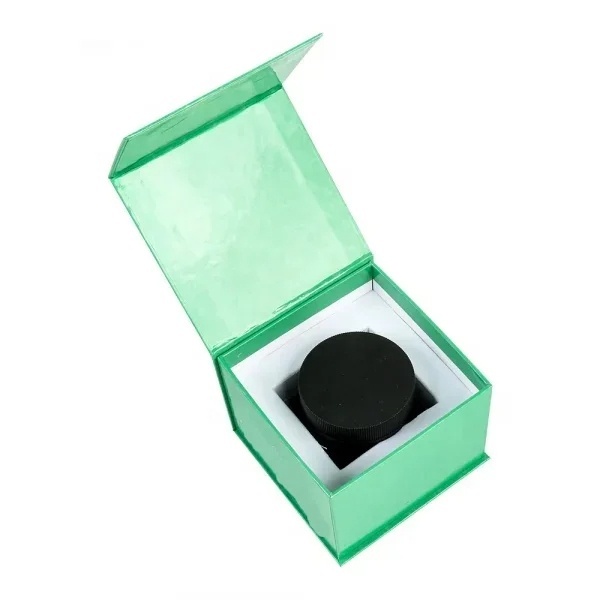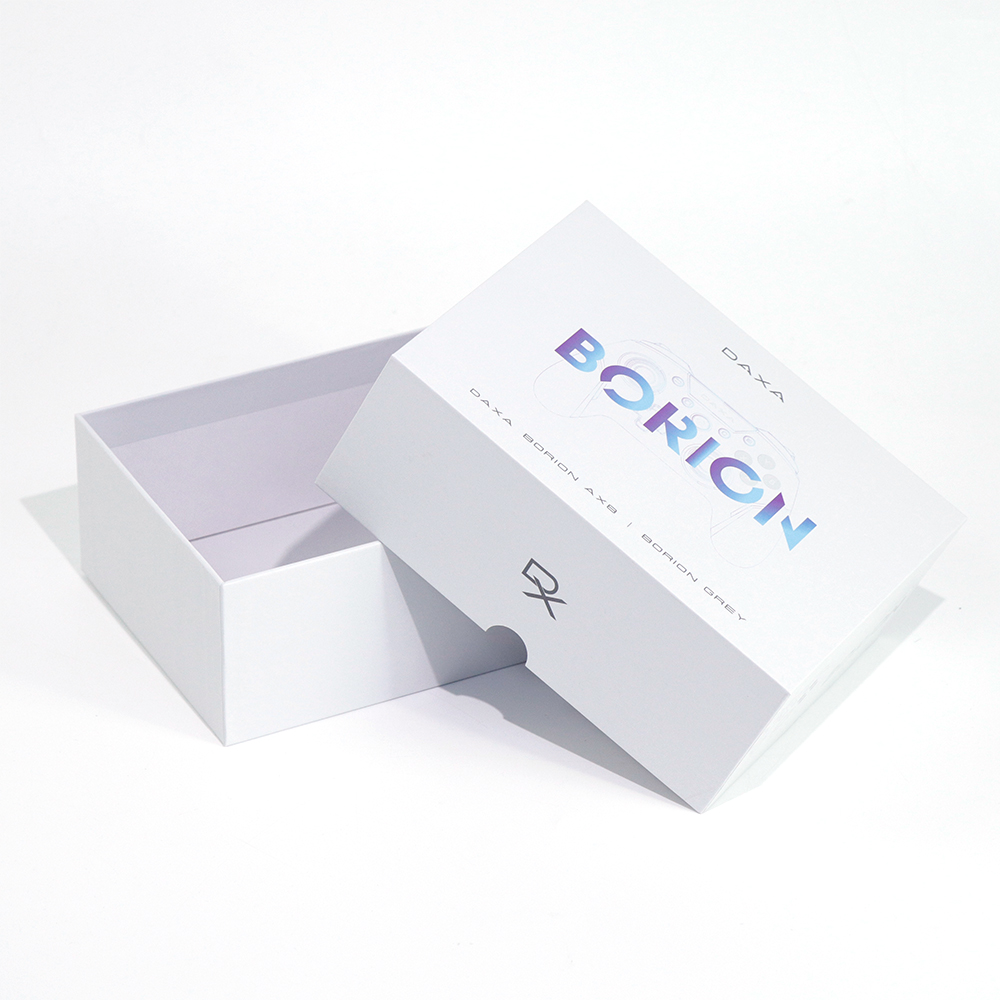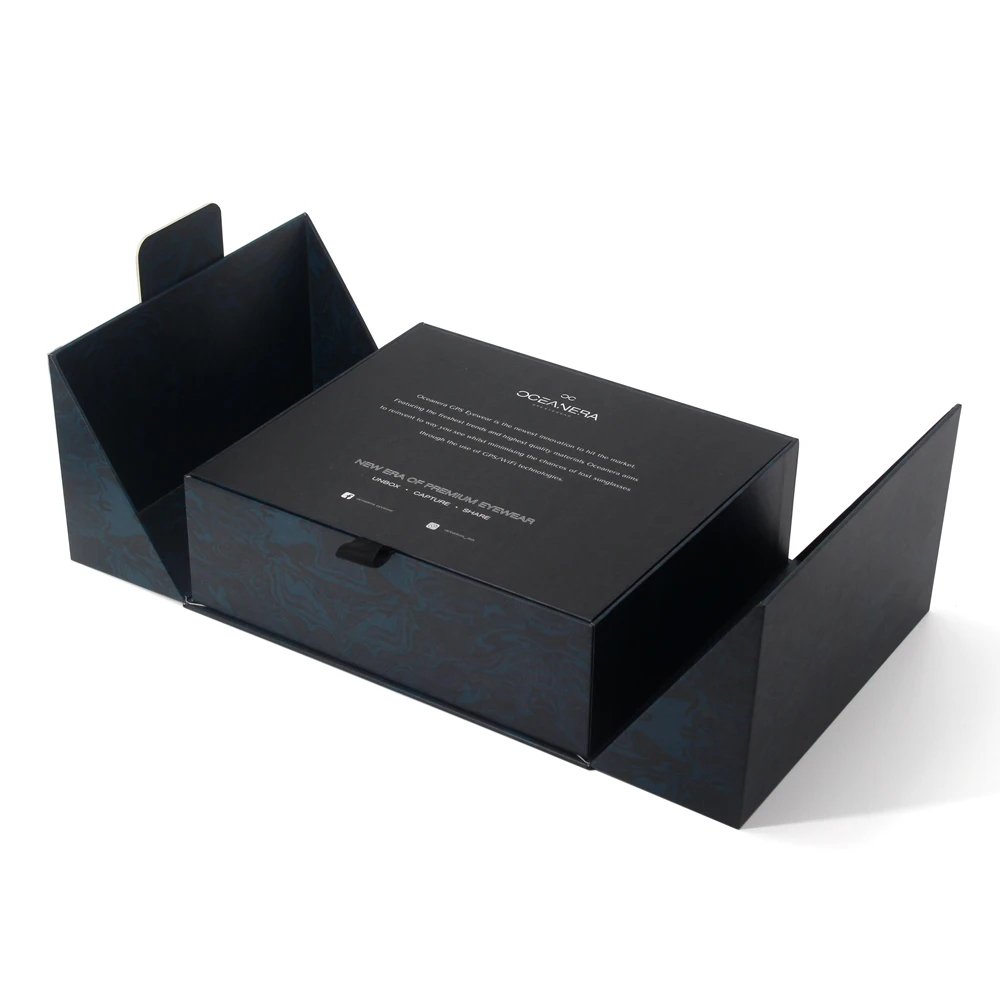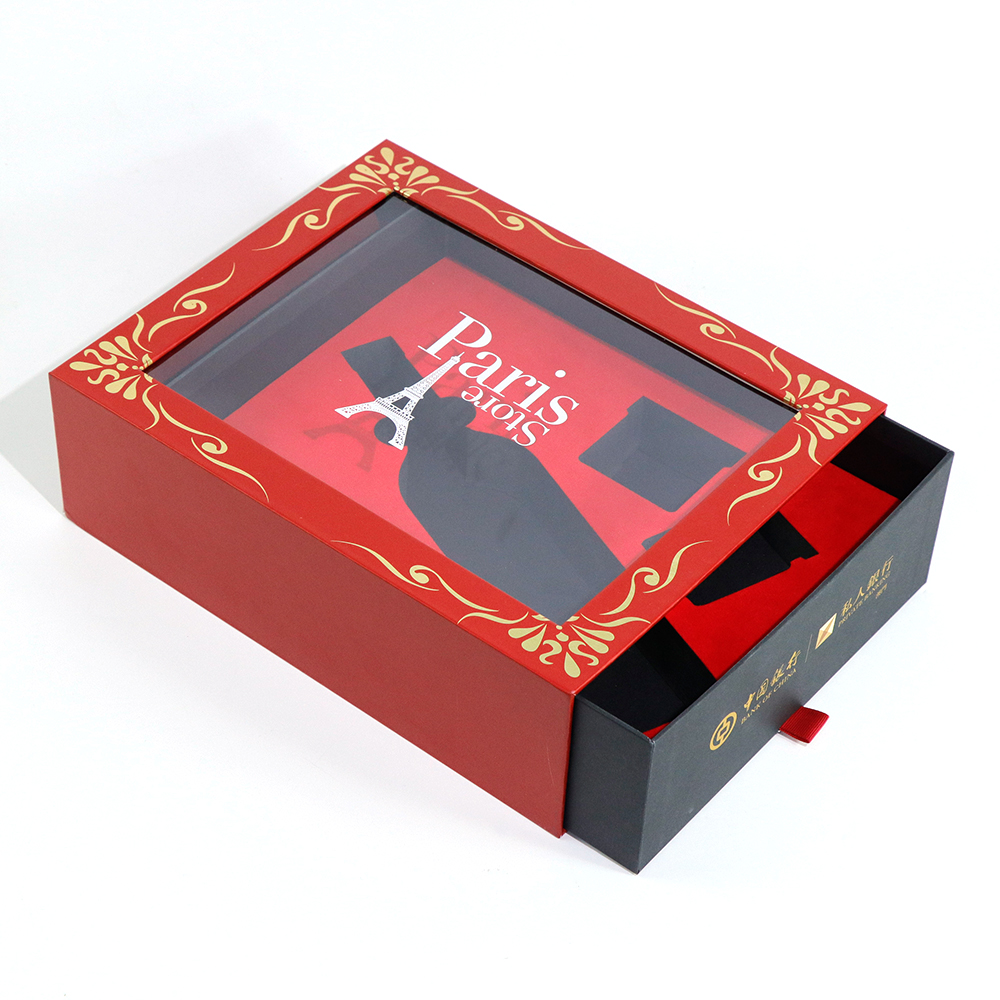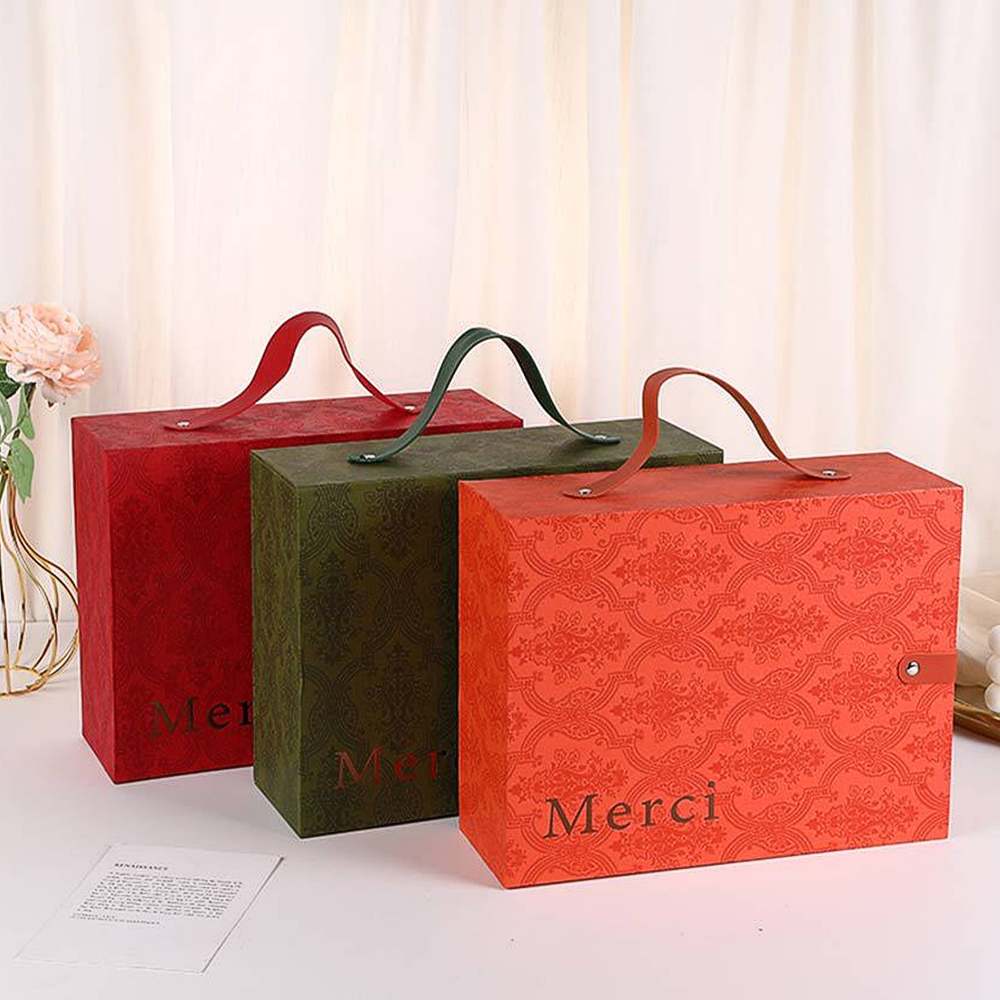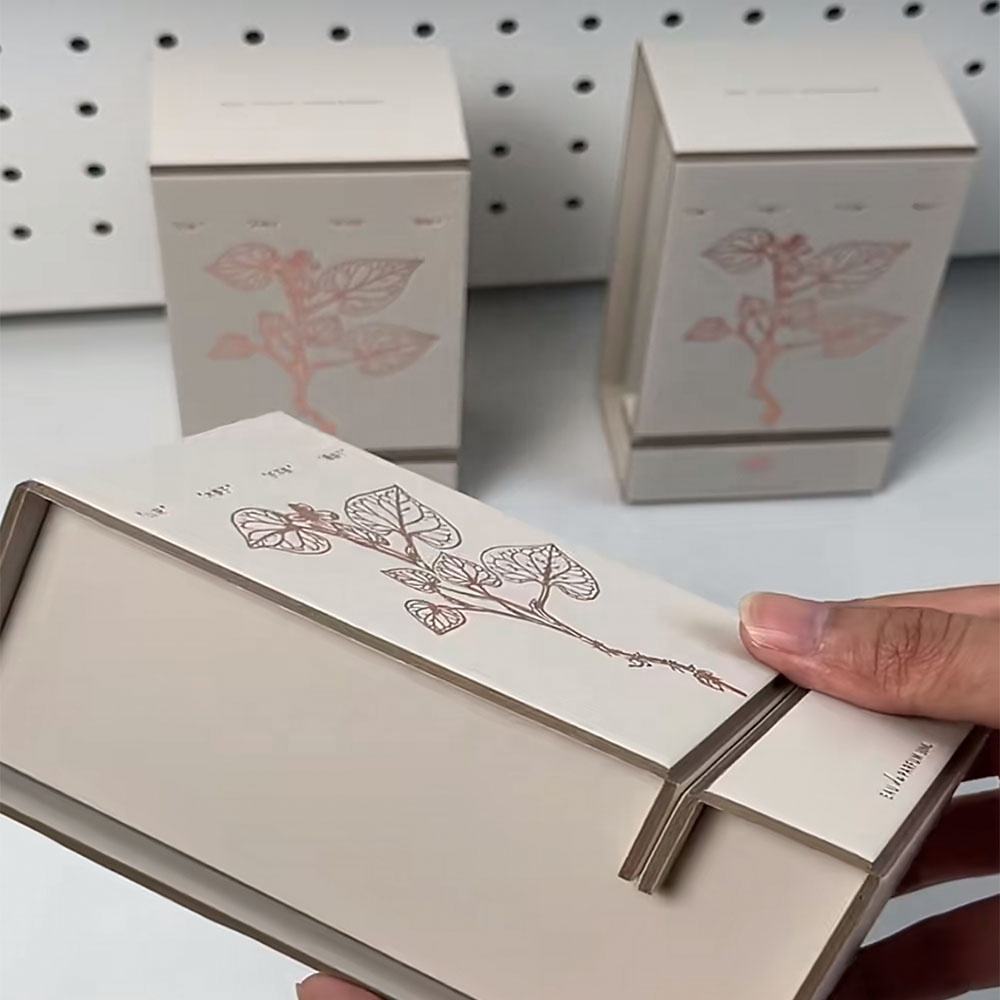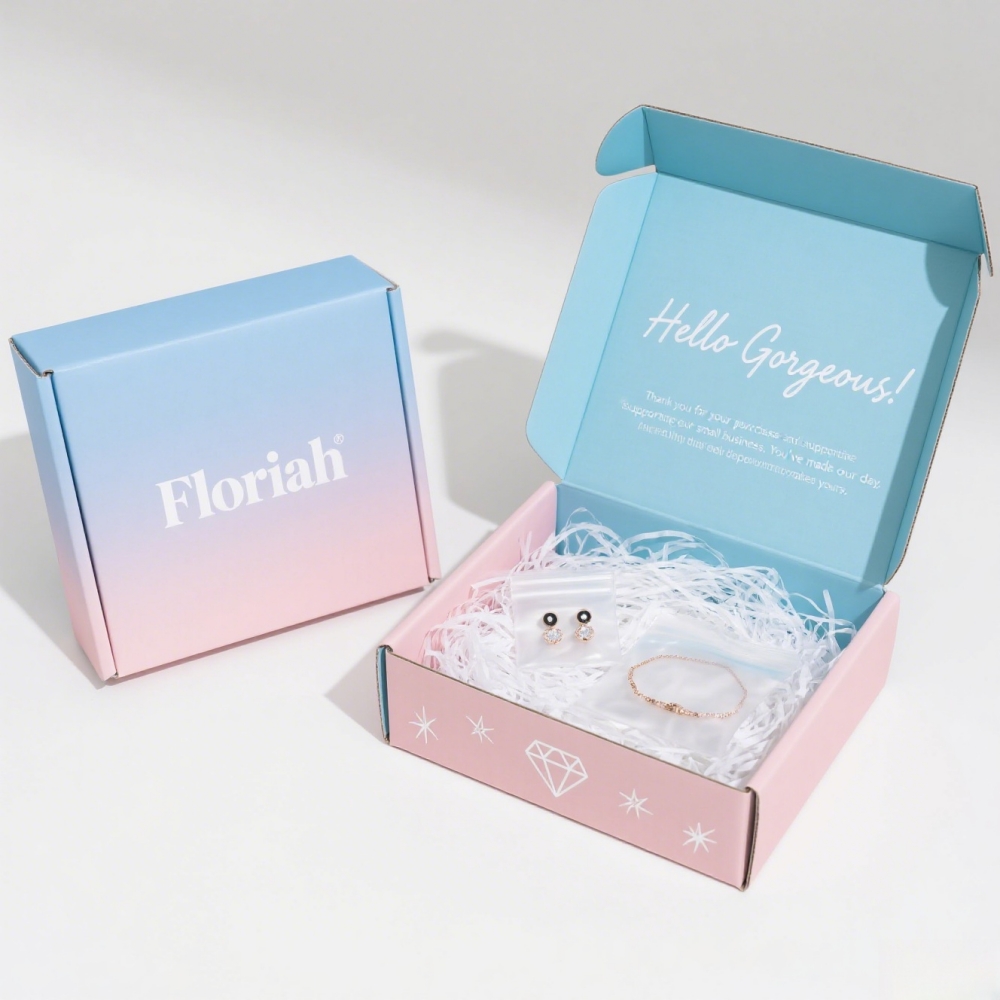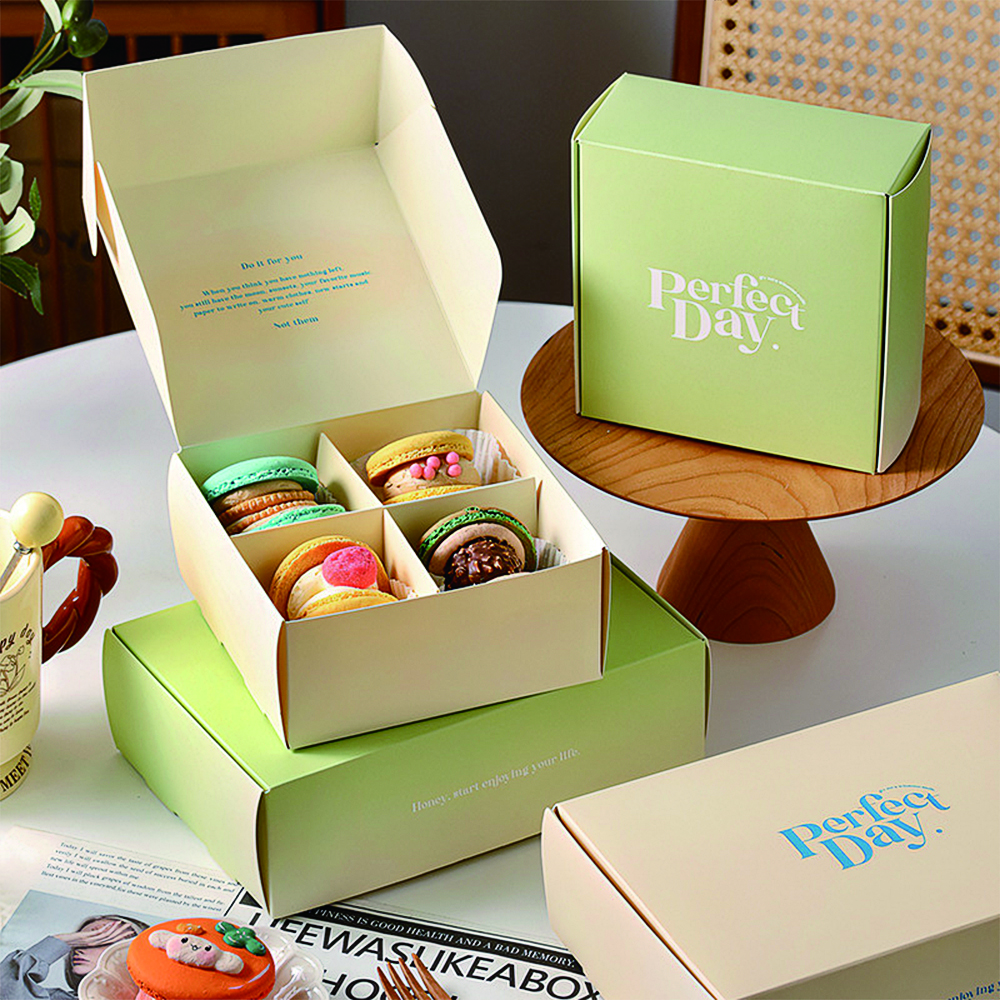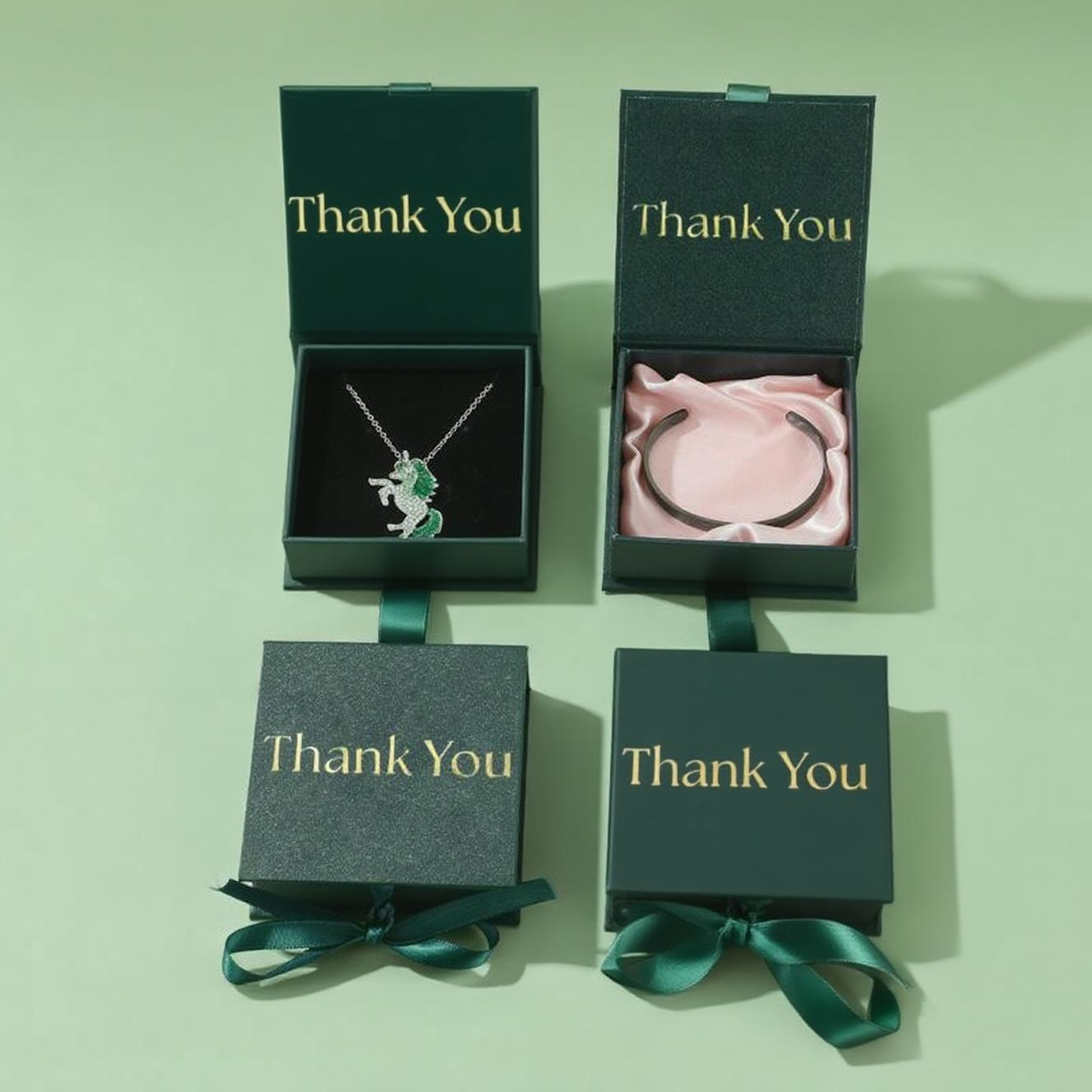Узнайте, как повысить ценность бренда и удовлетворить потребности потребителей в устойчивом развитии с помощью экологичных вариантов упаковки
1. Современное состояние упаковки пищевых продуктов
Знаете ли вы? Около 60% пластика в мире используется для упаковки пищевых продуктов, и только в 2015 году в пищевой таре было использовано 228 миллионов тонн пластика. Традиционная пластиковая упаковка не только накапливается в океанах и на свалках, но и выделяет микропластик и химические вещества, угрожающие здоровью человека. Однако развитие экологичной упаковки стало поворотным моментом: биоразлагаемые материалы, перерабатываемая картонная упаковка и другие решения постепенно вытесняют традиционный пластик, снижая загрязнение окружающей среды и одновременно оправдывая ожидания потребителей в отношении экологичности продукции.

2. Основная ценность экологичной упаковки для пищевых продуктов
Загрязнение пластиком вызывает множество проблем: распространение микропластика, миграция химических веществ и низкий уровень переработки (только 9% пластика перерабатывается). Экологически чистая упаковка стала лучшим решением благодаря следующим характеристикам:
- Биоразлагаемость: PLA, PHA и другие материалы могут быть разложены в течение 6 месяцев, что гораздо быстрее, чем 100-летний цикл традиционных пластмасс;
- Безопасность: Снизить риск миграции химических веществ (например, политика ЕС по ограничению использования одноразовых пластиков для содействия корпоративным преобразованиям);
- Экономический потенциал: 70% потребителей готовы платить премию за экологически чистую упаковку, а 75% поддерживают "зеленый" имидж брендов.
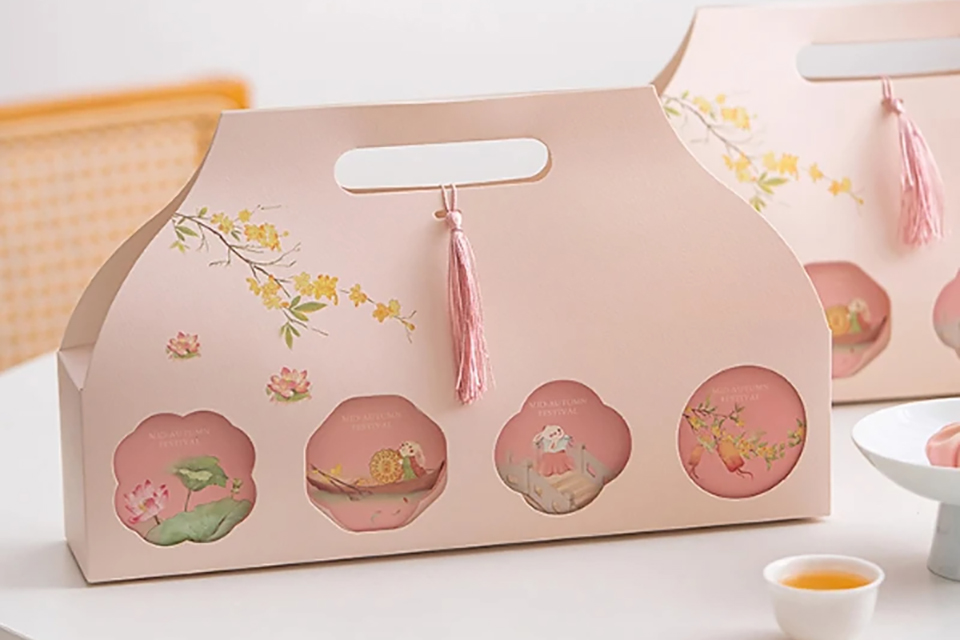
3. 8 видов экологичных упаковочных решений и инновационных практик
1. Бумажные пакеты и картонные коробки, пригодные для вторичной переработки
Легкие бумажные пакеты и коробки из бумаги, сертифицированной FSC, позволяют сократить площадь бумажной поверхности на 77%. Пример: Asahi Beer сокращает потребление бумаги на 8 800 тонн в год и повышает жесткость упаковки за счет оптимизации структуры картона.
2. Металлические банки и стеклянная тара
Алюминиевые банки и стеклянные бутылки перерабатываются 100%. После того как один из автомобильных брендов перешел на экологически чистую металлическую упаковку, выбросы углекислого газа сократились на 40%.
3. Гибкая упаковка и биоразлагаемые пластики
Материалы PLA используются в бутылках для напитков (например, один бренд сокращает количество пластика на 2 000 тонн в год), а биоразлагаемые гибкие упаковочные пакеты позволяют сократить выбросы углерода при транспортировке на 60%.
4. Съедобные пленки и умная упаковка
Пленки на основе морских водорослей и риса бумажная упаковка обеспечивают безотходные решения, а технология нанопокрытия продлевает срок хранения продуктов и сокращает количество отходов.
5. Дизайн без этикеток
Технология лазерной маркировки заменяет традиционные этикетки: Бутылки Coca-Cola без этикеток уменьшают вес на 2 г/бутылку и сокращают выбросы углекислого газа на 26 000 тонн в год.
6. Модульная и многофункциональная упаковка
Складная конструкция картонной коробки снижает расход материала на 30%, оптимизируя эффективность транспортировки.
7. Совместное сокращение отходов в цепочке поставок
Сотрудничайте с экологически чистыми поставщиками (например, Kagome использует 100% переработанных ПЭТ-бутылок), чтобы добиться снижения количества отходов в процессе производства на 20%.
8. Потребители участвуют в переработке отходов
Создайте механизм вознаграждения: Одна компания увеличила коэффициент переработки упаковки до 60% благодаря обмену баллами.
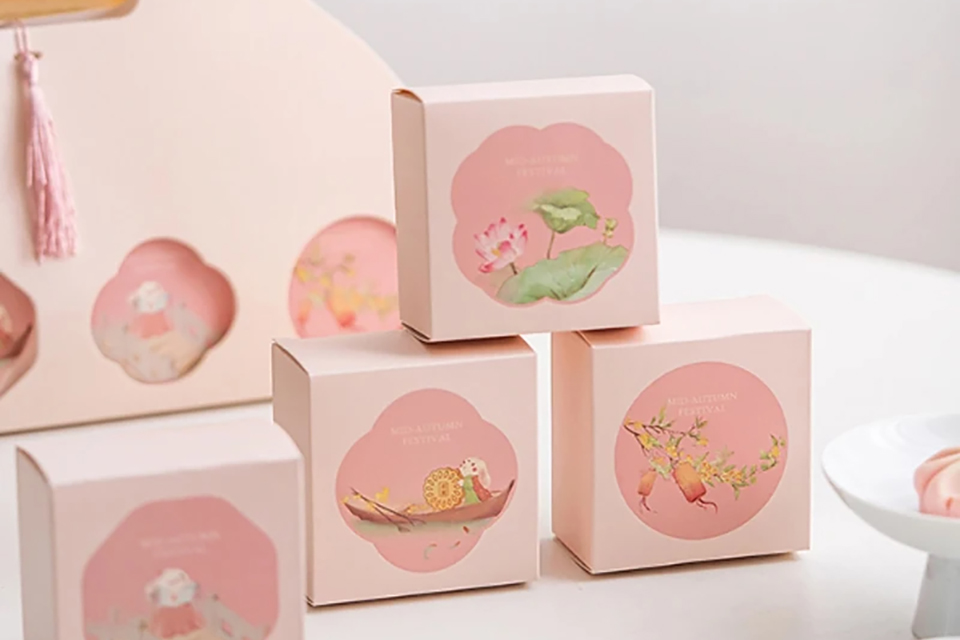
4. Тенденции в области инновационных технологий экологически безопасной упаковки
Умная упаковка и циркулярная экономика
- RFID-меткиГигант розничной торговли снижает затраты на логистику на 20%: прослеживаемость продукции и оптимизация логистики;
- Безотходное проектирование: перерабатывает пищевые остатки в детали многократного использования, такие как герметичные контейнеры с коэффициентом повторного использования 98%;
- Обновление вторичного сырья: увеличивается количество случаев применения rPET (переработанного пластика после потребителя), Mars ежегодно сокращает 300 тонн первичного пластика благодаря материалам 15% PCR.
5. Пять стратегий выбора экологичной упаковки
- Оценка жизненного цикла материалов: отдавайте предпочтение биоразлагаемым или переработанным материалам, прошедшим сертификацию LCA;
- Прозрачность цепочки поставок: сотрудничать с поставщиками, которые соответствуют экологическим стандартам (например, бумага, сертифицированная FSC);
- Баланс затрат и выгод: первоначальные инвестиции высоки, но в долгосрочной перспективе это может снизить материальные затраты на 10-15%;
- Связь с образованием пользователей: повышение уровня утилизации с помощью рекламных мероприятий;
- Соблюдение политики: следите за соблюдением нормативных актов, таких как ограничение ЕС на использование одноразового пластика, чтобы избежать юридических рисков.

6. Экономическая отдача от экологичной упаковки
- Бренд премиум-класса: 73% потребителей выбирают бренды из-за их экологических атрибутов, что повышает конкурентоспособность на рынке;
- Оптимизация затрат: Компания по производству продуктов питания ежегодно экономит 20% материальных затрат за счет упрощения структуры упаковки;
- Политические дивиденды: соблюдение политики сокращения использования пластика в разных странах позволяет избежать штрафов.
Инициатива действий: от выбора к практике
Экологически чистая упаковка - это не только корпоративная ответственность, но и возможность для бизнеса. Благодаря технологическим инновациям (таким как лазерная маркировка, "умное" покрытие) и участию потребителей (механизм стимулирования переработки) пищевая промышленность может создать "зеленый" замкнутый цикл от производства до переработки. Примите меры прямо сейчас и сделайте каждую упаковку декларацией устойчивого развития!



